Pope Francis’ September 2015 trip started in Cuba and then took him to Washington, New York and Philadelphia in the United States. It generated enormous media coverage. For days, the Pope was “in the news” in an extraordinary way.
Now Gilberto Marengo has analyzed this trip in Pope Francis Meets the New World (Vatican Publishing House 2015, pp. 120, € 8.00).
In Cuba, the Pope met a nation that, in the eyes of many, seems almost an archaeological find: Cuba still follows a Communist ideology that has been rejected since 1989-91 by most of the other once Communist countries in the world.
Although for many the Communist regimes of the 20th century belong to an increasingly distant past, for Cuba the Communist ideology is still an integral part of life for millions, affecting their day-to-day existence.
“Cuba,” the author states in his introduction, “is not just a ‘relic’ of the ideological 20th century. It poses to itself and to all the question of the meaning of the past and the direction of a way forward.”

On September 20, Pope Francis visited the President of the Council of State of Cuba, Raul Castro, at the Palace of the Revolution (Palacio de la Revolución)
The Pope then left Cuba for the United States. The juxtaposition of these two worlds (Cuba and the US), even without taking into account the problems related to their institutional relations, evokes an interesting observation. Marengo asks: “Must the factual success of the Western model of the past century be accepted without any reservations? Does this success have no real alternatives?”
During his days in Washington, New York and Philadelphia, the Pope visited the great American institutions born from the need to give vital form to the Declaration of Independence (Philadelphia, July 4, 1776): Congress and the White House.
He then visited the UN headquarters in New York, and tens of thousands attending the World Meeting of Families in Philadelphia.
At each of his stops, the Pope was cordial, and greeted with great demonstrations of affection by tens of thousands.
He gave several memorable addresses, especially to the US Congress and to the United Nations. The UN visit was important.
Born 70 years ago in an effort to prevent the recurrence of the colossal wars of the 20th century, the UN today seeks to provide a forum for nations to discuss their differences. Still, the efforts to build peace and prevent war are failing to produce good fruit, as many conflicts are occurring in different parts of the world. This led Francis to refer on one occasion at the start of the trip to the danger of a “World War III” occurring “in pieces” (Pope Francis, address at the welcome ceremony, Havana, Cuba, September 19, 2015).
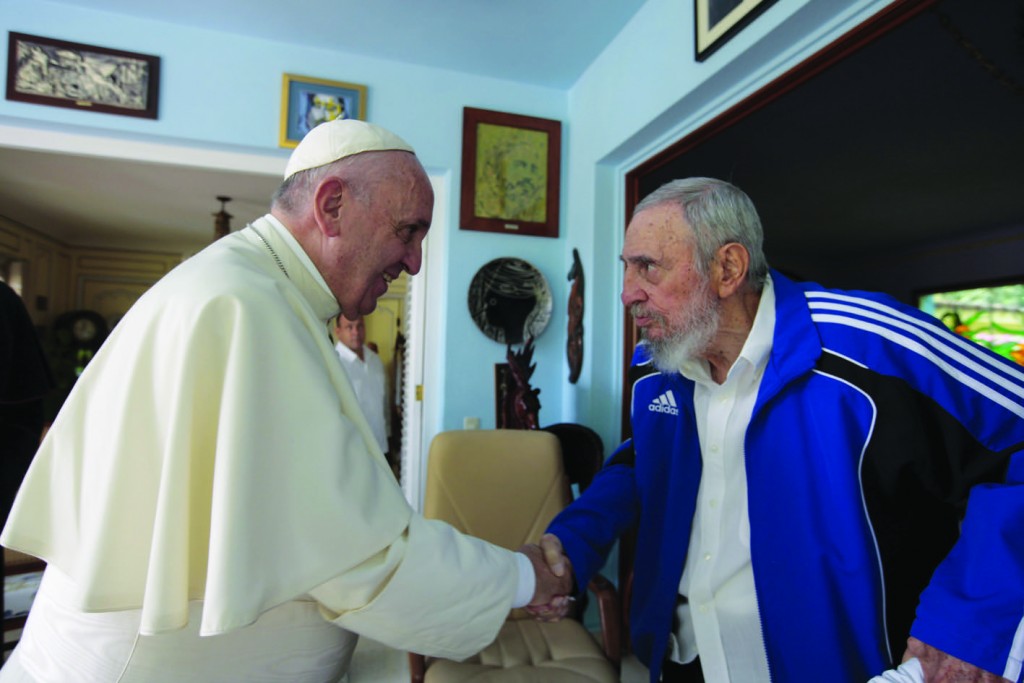
Pope Francis shakes hands with former Cuban President Fidel Castro at Castro’s residence in Havana Sept. 20 (CNS photo/Alex Castro, Castro family handout via Reuters)
The UN, as well, is not living up to other aspects of its mission.
“We must not forget that the ideal of unity of all nations of the Earth,” Marengo writes, “now goes in the direction of… a tedious uniformity of political correctness that stifles individual identity and every expression of social and cultural uniqueness.”
The author concludes: “In this journey, Francis had the opportunity to move during just 10 days through a cross-section of the world as it is at present, a world in which the Church is called to carry out her mission.”

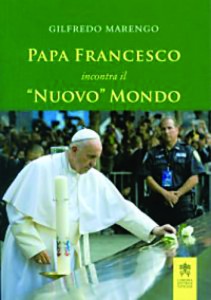
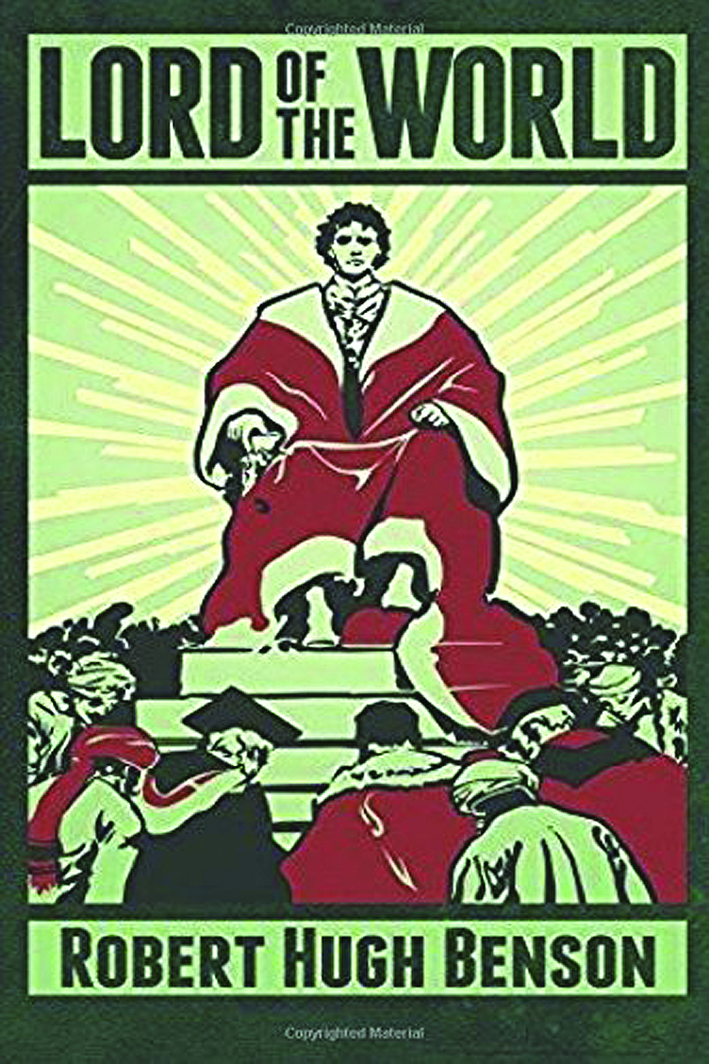
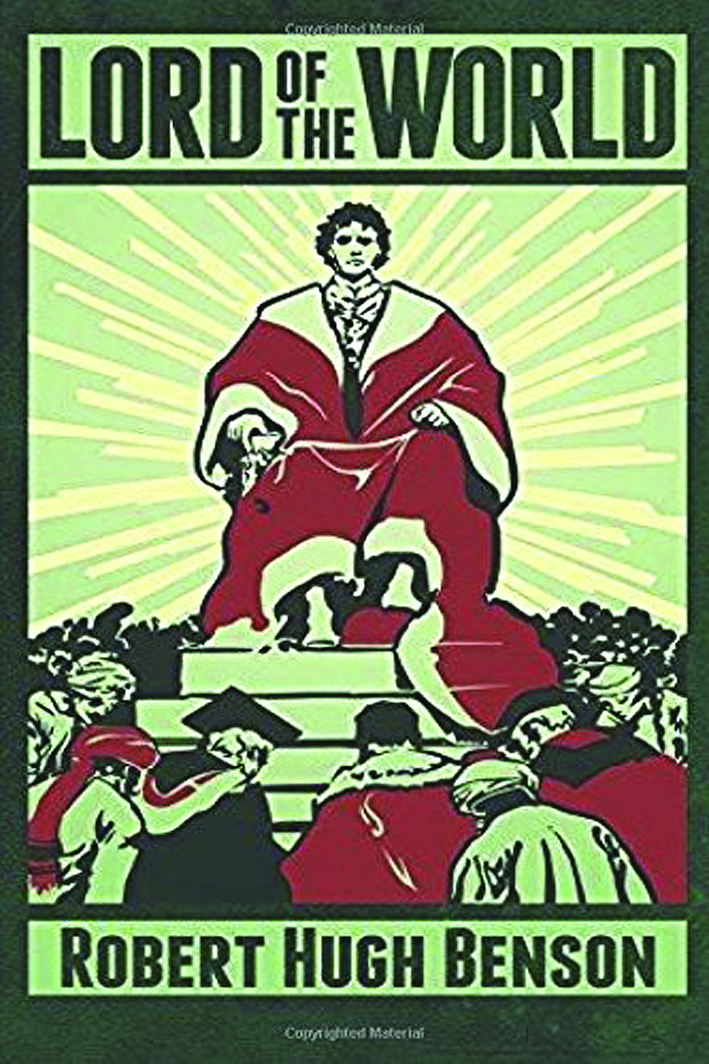
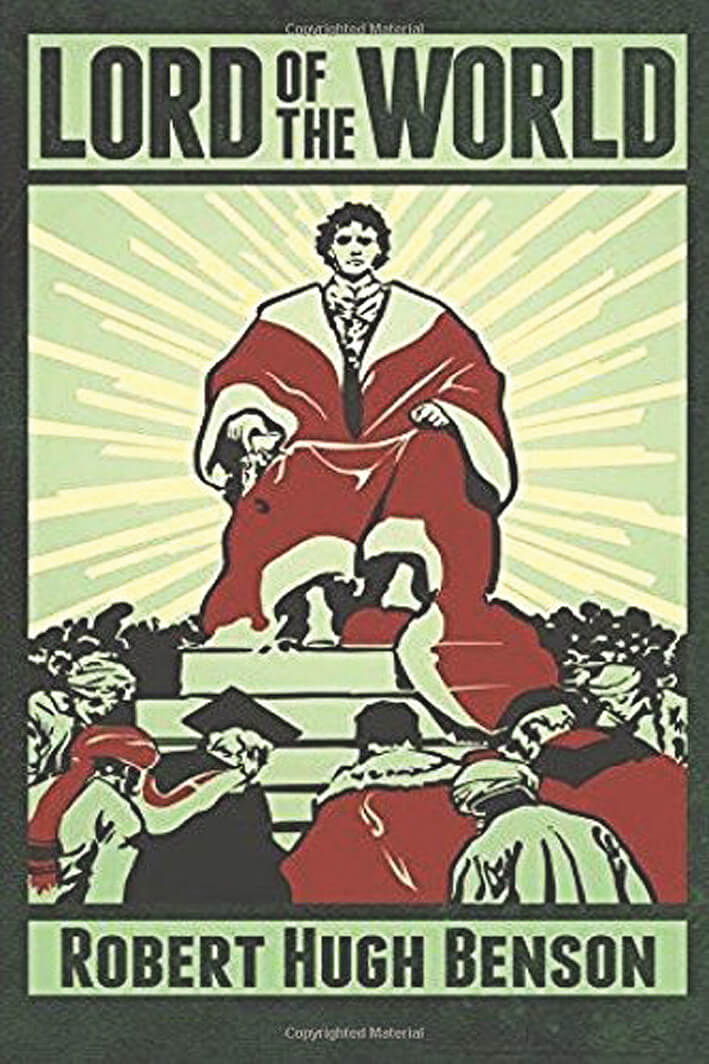
Facebook Comments